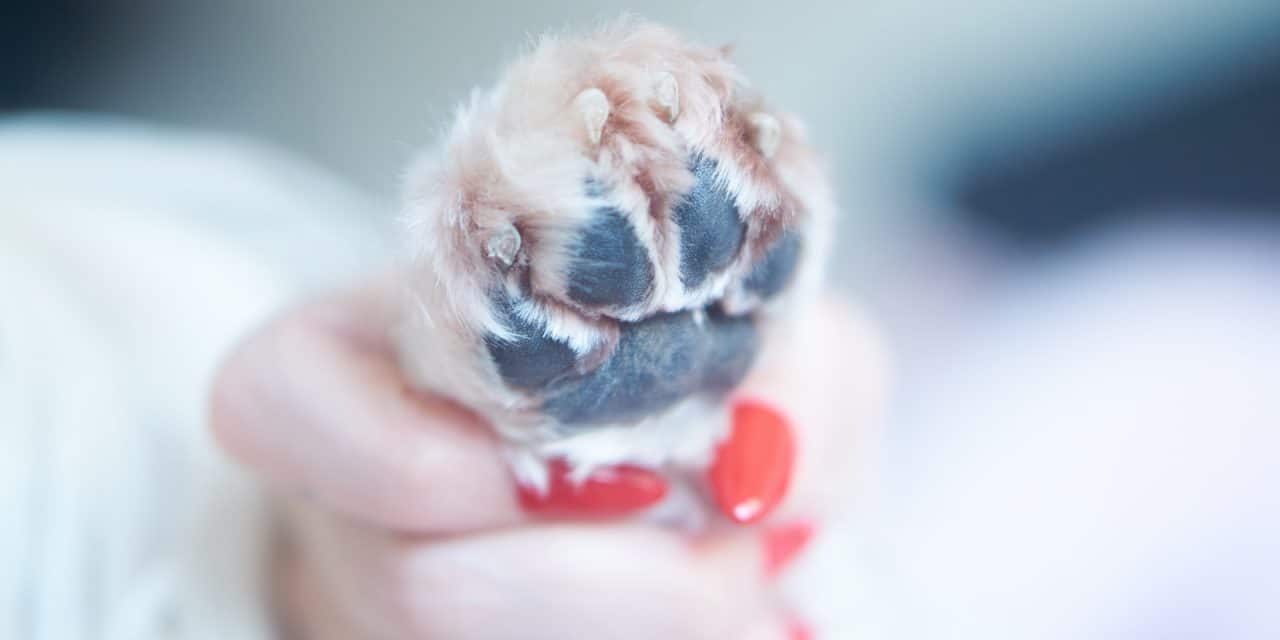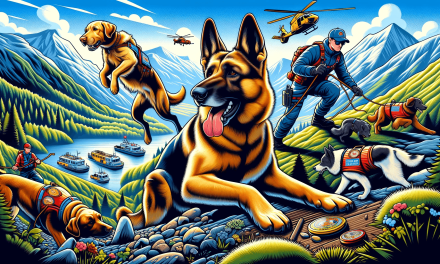Left in the wild dogs naturally wear down their nails by running and hunting. This however, is not the case with domestic dogs. Most of their time they spend indoors running and playing. As a result, their nails are not worn down enough and require help to trim and keep them short. Skipping it or neglecting it can lead to several problems: bone deformities, the nails could grow, curl over and dig into their toe pads. They could also get caught in the carpet or cloth or anywhere else. In some cases, claws can split and cause pain to your pet. Walking mostly on their toes and long nails will affect an ability to balance and walk comfortably. In this article, owners will learn how to maintain a dog’s nails.
Why Do Dogs Hate Getting Their Nails trimmed?
Understanding the anatomy of your pup’s toenail is critical to safely trim your pet’s nails.
A dog’s toenail is somewhat like human nails – it has keratin, nerves and blood vessels. They are wider at the nail bed and get narrow towards the tip. The nail has two parts – the hard outer shell, which is made of Keratin and the soft inner part containing nerves and blood vessels. The part containing the nerves and blood vessels is highly sensitive and called “the quick”.
It can get exhausting to trim a dog’s nails. The fact is that not only the owner but also a pet might be tense. Your pet might have had a painful nail clipping experience and is afraid of having his nails touched.
Few concerns pet owners face:
- Not knowing how to cut
- Which tools to use
- How much of the nail to cut off
By following these steps given in this article, you will get through this task in a breeze.
Why It’s Important to Trim Your Dog’s Nails
- When a dog’s nails are long, it puts pressure on their claws and pushes them back into the nail bed, which causes pain to your pet.
- Better posture – your pooch will have a better posture due to short nails. Long claws can cause the dog to shift his weight abnormally
- Short nails won’t run the risk of getting stuck in the carpet or other objects and breaking
- Less chances of scratching you or other pets
When to trim?
General rule of thumb is to trim them just before they touch the floor. A dog’s toenails should not touch the floor when he or she is standing still. They should not be jutting out of the paw, rather remain in line with the paw. For each dog it’s different. The main factor is the type of surface your pup spends most of their time on. Which is the couch, garden etc., Do they go for frequent walks on pavement? Note that walking on pavements, concrete will wear down their nails but in many cases won’t reach the proper length.
Simple version: A diet rich in crude protein, phosphorus and calcium will also enhance nail growth and overall health.
Detailed version: The B-complex vitamin biotin is also known as vitamin B7, coenzyme R, and vitamin H. It promotes healthy cell growth and helps build proteins, which are essential for nail growth.
The food that you feed your pet also has an impact on their nail growth. A healthy nutritional diet will keep their nails strong and healthy and not brittle. While certain vitamins and minerals can accelerate the nail growth.
As a general frequency, trimming their nails once 3 to 4 weeks is ideal.
What tools to use to cut dog’s nails
It may take some time to figure out which type of trimmer suits you the best and most importantly, which tool your dog accepts.
There are four types of tools to trim dog claws:
- Guillotine type: Like a guillotine, they have a hole where you poke the nail through it and cut. They are a little difficult to use. In a guillotine type trimmer a single blade comes down and cuts the nail (similar to a guillotine). Whereas the Scissor or Plier type clipper has two blades, with a squeezable handle which allows you to exert more pressure.
- Scissor style clippers: Best suited for small dogs and puppies. They look like small scissors.
- Plier type clippers: Though they have two blades like scissors, these clippers have a spring and are stronger. Best suited for large with thick dog nails
- Dog Nail grinder: They are also called ‘Dremel’s’. Nail grinders have a cylindrical body with a small, rotating abrasive head that resembles sandpaper and grinds away your pet’s nails by friction. The chances of accidentally cutting the ‘quick’ are lower.
How to trim dog nails?
It’s always helpful to get your pet accustomed to the sight, feel and sound of the trimmer before you start using them. Let them hear and sniff it. Give your pup a treat and make the association with the tool rewarding.
Tips on how to safely trim dog nails:
- Keep all the required material like clippers, cotton balls and styptic powder etc.,handy before you start.
- Small dogs can be held on laps, while large dog’s nails are easier to trim with someone else’s help.
- Hold the paw gently using your thumb and forefinger and push down slightly. The nail will extend forward.
- Make sure your dog is holding stil Then cut straight across the tip of the nail. Depending on how relaxed your pooch is, you can either pick up the foot from the front or sit on the side and reach the paw from under. It is much easier if you sit behind and flip their paw backwards. You can trim by using your free hand.
- Isolate the toe and gently push down on the paw to expose the nail. Be careful with furry feet as they might hinder your view.
- Cut the nail as short as possible without hitting the quick. Keep at least 2 mm away from the quick. For white or light-coloured nails, avoid cutting the pink part.
- On dogs with dark nails or black nails, cut a little at a time and stop whenever you spot a black dot in the middle of the white area – that is the quick
- Always cut at an angle of 45 degrees, this ensures that the nail will run parallel with the floor.
- Don’t go behind the natural curve of the nail, you might cut the ‘quick’.
In spite of all the precautions, there are chances of cutting the quick even for experienced pet owners / groomers. What to do if owners cut into the quick and the nail starts bleeding?
Step 1: Don’t panic – ‘Quicking’ (as cutting the quick is colloquially called), is more common than you can think of. Remember that you have kept all the required materials handy – styptic powder is one of those.
Step 2: Calmly apply styptic powder to the nail and it will arrest the bleeding. If you do not have this, applying any commercially available clotting powder or even corn starch would help too.
Step 3: Apply slight pressure to the dog nails till the bleeding reduces.
Final thoughts
In this article owners had a chance to look closer at the dog’s toenail anatomy, learn what dog quick’ is and how to cut pet claws with a trimming tool. Mentioned tips should help dog lovers keep their dog healthy and happy.














